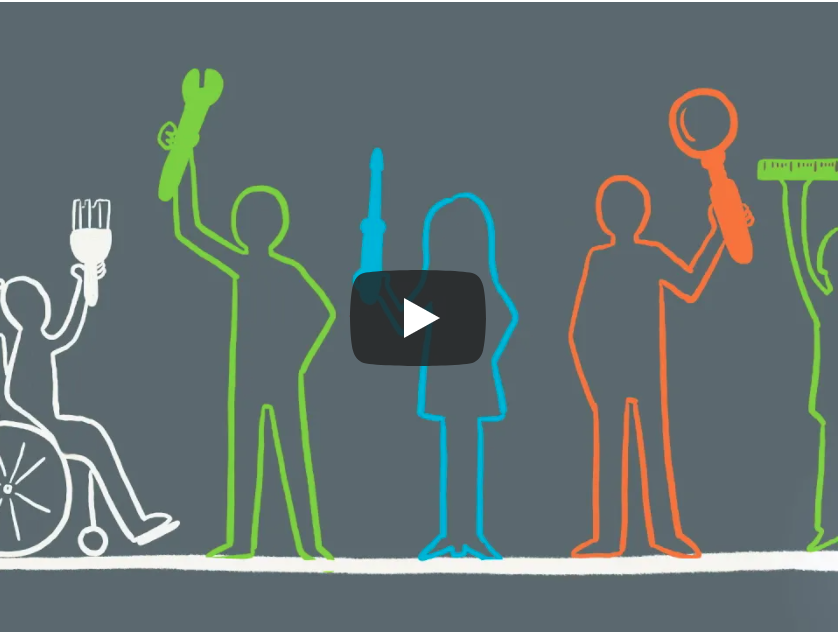The leadership guide identifies nine dimensions that define leadership at ASU with questions that are intended to inspire, provoke thinking, conversations and action. It is for those in formal leadership roles as well as those who lead in many ways without titles or positions. It is for those who want to measure their success by the culture and capacity they build in their units and people they lead. It is for leaders who want to build an enterprise that is innovative, adaptive, agile and ready for change well beyond their own tenures.
The leadership guide is at the core of the leadership network and provides a foundation for the leadership development efforts at ASU.

